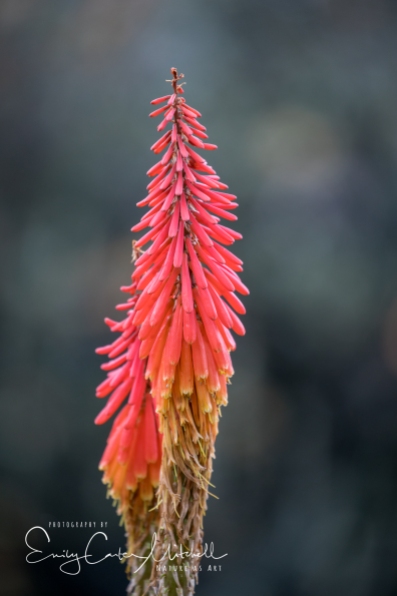Copacabana, Bolivia is a popular stopping point between Puno, Peru and La Paz, Bolivia. Close to the historical “Isla del Sol” and Isla de la Luna” Copacabana has certainly grown up since I was last there 30 years ago.
I remember driving there with my friend in a rented jeep and the road was unpaved and long. Really long. In fact, it seemed as if we would never reach Copacabana. Each time we would see someone along the road. We’d stop and ask them how much further to reach Copacabana. Every time, they answer would be “Es Ayaps” Or it’s just there. Seemed like ‘Ayaps’ really meant it’ll take hours and hours to get there.
When we finally got there, Copacabana was a sketchy border town, and we were ill prepared and was running low on fuel for the jeep. Asking many a person for even a liter of fuel, at last we were able to purchase some bootleg fuel that ended up being mixed with something that the jeep just didn’t like upon our return. It didn’t help that I had a blazing headache from the altitude, and back then Diamox wasn’t available to help offset its effects.
Notable then, and even more now is the strikingly beautiful and brilliantly white church set against the bright blue skies of the high altitude of the Altiplano. The Basilica of Our Lady of Copacabana is a 16th Century Spanish Colonial structure and holds the ornate four-foot sculpture of ‘Our Lady of Copacabana.’ Made of dark wood the Virgin stands in a mechanical niche high above the altar. On weekends, the priests rotate the statue so that she faces the main chapel; on weekdays she is spun around to look over a smaller chapel on the other side.
The statue of the “Dark Virgin of the Lake” is never removed from the cathedral, for popular belief says this would cause a devastating storm and flood of Lake Titicaca.
Before entering into the church (no pictures allowed) there was a blind woman sitting at the door asking for alms. My friend and travel companion Denise Ippolito gave her some Bolivianos and this old and wise Aymara woman began to chant a protection and well wishing prayer for her in Aymara. You could feel her deep devotion and spirituality through her whispered chanted words and received her blessings.
Copacabana is has grown over the years and provides a wonderful infrastructure for travelers. With charming and unique hotels overlooking the beautiful lake to the gracious people throughout the town. I only wish we had more than just one night in Copacabana, but our travel plans had cut our stay there by a night, so we missed so much that Copacabana offers.











Another enjoyable post, Emily.
Thank you so much Eliza ! Copacabana was much nicer than I remembered.
Is this the same Copacabana as in the song? I just thought that was in Brazil. I love the white church and would love to see the interior. Here, the only black Madonna is St Sarah, the patron saint of gypsies, and we saw her crypt at St Maries de la Mer in la Camargue, where they hold an annual fair in May with a great convention of gyspsies. I’d love to see it some day. I like the fact that they turn here to face different areas in the church.
You know Fatima, I completely forgot to put that little tidbit in there. This was the original Copacabana, and the one in Rio was named after this one. The song, however refers to the one in Brazil.
The church was beautiful, and as you can imagine filled with gold-gilt and silver as the Spaniards liked to do. The Madonna was robbed in 2013 of many of her jewels, a travesty and know the culprits will burn in hell for it.
I didn’t get a chance to see the Madonna in St. Marie de la Mer. Word is that she is the true Madonna and Jesus’s mother escaped Jerusalem after his death by boat and landed there. Lucky you!
Some great photos!
Thank you so very much ! Many of these were captured with my iPhoneX in this post.
You’r’e welcome! It’s nice to have phone with a decent camera!